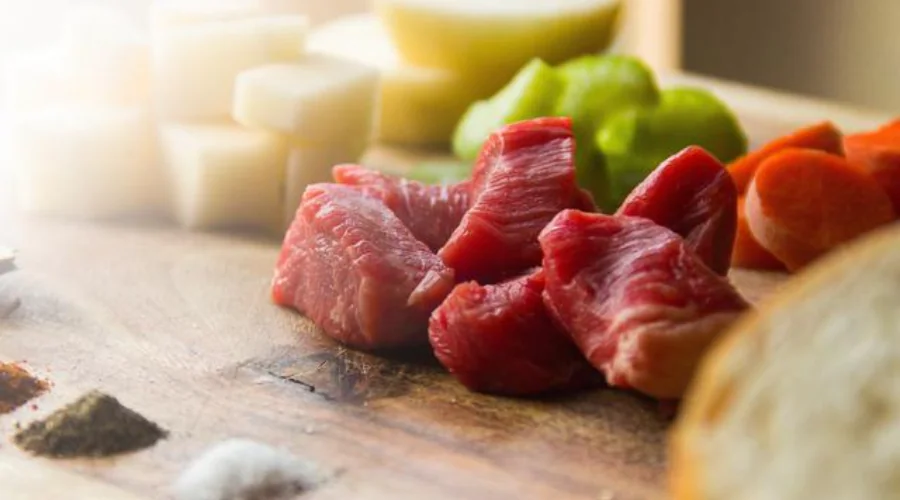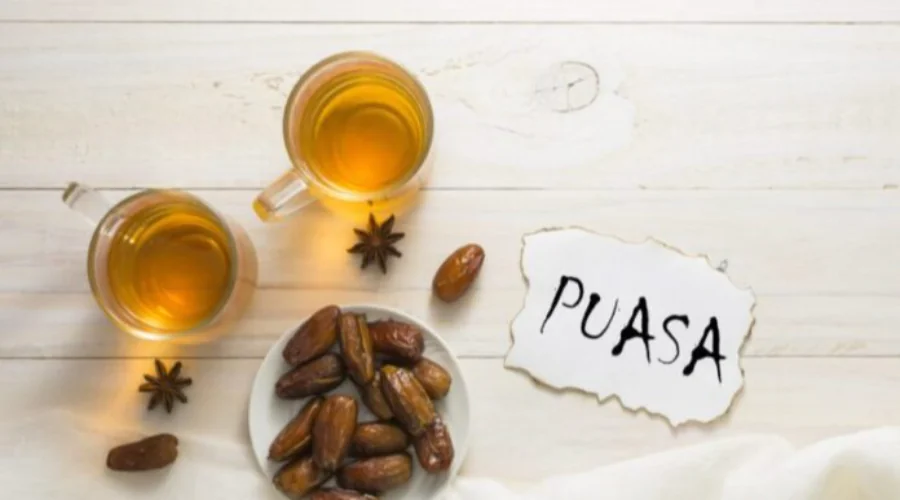
- 29 Apr
- 2022
ilustrasi/copyright pixabay.com/Free Photos
Beware of Barking Meat Ahead of Eid, UM Surabaya Lecturer; Here's How To Tell The Difference.
Beef is one of the leading commodities during Ramadan or ahead of Eid al-Fitr. The surge in demand sometimes causes the price of beef to soar. However, when buying, people must be observant and careful whether the meat is bark or not.
Ruspeni Daesusi, a Biology Lecturer at UM Surabaya, explained that beef is a highly nutritious food source. Fresh beef contains 19% protein, 70% water, 3.5% fat and 2.5% minerals. In a written statement, Susi gave tips so that people could differentiate between fresh beef and bark.
According to Susi, quality beef has criteria based on color, texture, and aroma.
"Quality meat is bright red, has a distinctive aroma, not sour or not rotten, carcass or texture is springy, tight, dense, not slimy, not stiff and sticky and when pressed it will return to its original shape," said Susi Friday (29/4/22 )
Meanwhile, glonggongan beef can be found in the market as a result of heinous acts against cattle before being slaughtered. Susi explained, the practice of barking is forcing water with a fairly high current through the cow's mouth using a hose. This aims to increase the weight of the cow. There are 2 times when the classification is carried out by unscrupulous persons, namely before the cattle are traded or before slaughter.
“This of course causes beef to have a high water content. The water content in normal beef is around 60% which will increase to around 80%. The high water content causes the oxymyoglobin pigment which produces a fresh red color to be hydrolyzed so that the meat becomes pale or dull," added Susi.
Bark meat, the texture of the meat becomes soft, not tough or dense, and watery. This textural damage causes the bark meat to not be processed into good processing results, for example into meatballs, nuggets, shredded meat, or other forms of processed meat. Thus, when cut, the bark does not form a solid piece.
The high water content in the cells of the meat causes bark beef to be favored by the bacteria Salmonella typhosa, Clostridium and other bacteria that are harmful to humans. Therefore the meat cannot survive at room temperature for more than 6 hours. The meat becomes smelly (sour), black in color, and rots due to the presence of bacteria. While normal beef, can still survive during that time.
"Apart from that, if you boil or heat it, the excess water stored in the meat will come out of the cells, causing the meat to shrink. There are even studies which state that protein denaturation occurs in bark meat," he explained.
So to anticipate this, we must carefully choose beef. It is better to choose the hanging beef. Hanging beef makes it easier for us to see the brightness of its color and the juiciness of its texture.
"Choose a bright color not dull, let alone black. Choose a springy one, that is, if you massage it, it will return to its shape," he added.
Susi added that the thing to watch out for, barking cows will drip water if hung, therefore be wary of meat that is left on the selling table. Not all meat that is placed on the table comes from bark, but it is better to choose meat that is hanging. Don't forget normal beef doesn't smell sour. Then it is also necessary to pay attention to the aroma.










(0) Comments